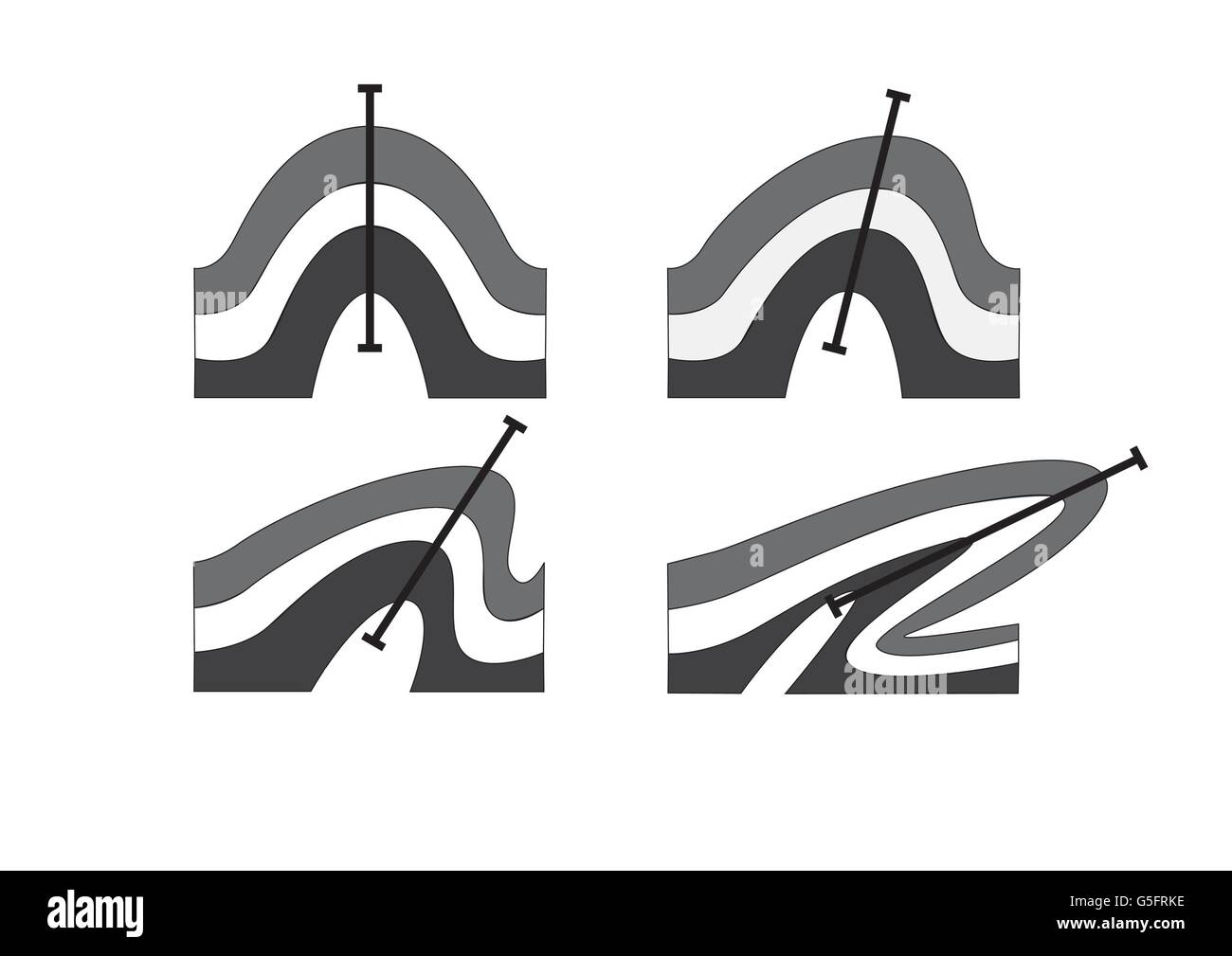

Liquid proportions by applying a lever ruler:Īs an example consider the cooling of material of composition An. For a given bulk composition, one finds the solid and Horizontal line-the solid composition at equilibrium depends on the bulk composition of the systemĬomposition and the temperature. Obviously the energetics of melting for closed and openĮxhibit solid solution, for example plagioclase, so that there is compositional variation in a single phase. The phase anorthite remains which melts at 1553☌, a gap ofĢ79☌. Until the critical fraction of liquid is reached, the system behaves in exactly the same way as before-the liquidĬomposition is determined by the eutectic. What if melt wereĬontinuously separated from residual solids instead? We call this open system

We call the situtation just described closed system, equilibrium melting. Mass balance is the basis of the lever rule, i.e. (the right hand lever should be labelled l, not 1) Thus when one of the two solids is present in equilibrium with a liquid, mass conservation requires that for an arbitrary initial bulk composition :ĥ-2. The position of the liquidus indicates the composition of The liquidus until the liquid is of starting composition An. For this example, the critical fraction of liquid isĪs temperature rises again, once this critical fraction is reached, the liquid composition follows The eutectic point and the heat applied to system will again increase Once this happens the system is no longer restricted to Melting will continue until the composition of the residual solid reaches the valueġ, i.e., the diopside component has melted completely and the residual solid is pure anorthite. Subscripts E, s and l denoting the eutectic liquid, the solid and the In these and the following equations f is the fraction of liquid and is the composition with the The mass balance for melting at theĮutectic point can be used to solve for the composition of the residual solid during this portion of the melting process:
Phase diagrams geology plus#
Only point at which three phases (two solids plus the liquid) can coexist. Temperature until all the diopside present in the original rock melts. At this point, melting produces a liquid of composition An. As heat is added the two solid phases are present until a temperature ofġ274☌ is reached. Temperature, two phases coexist along a particular T-composition curveĪs an example consider the path of melting, starting from low temperature, of material ofĬomposition An. System, three phases (two minerals and liquid) coexist at a fixed reflects Gibbs phase rule, at fixed pressure for a two component.general shape: freezing point depression by foreign.eutectic point: a point at which both of the solids and a liquid.Solids plus a liquid (of that composition) is present two portions of the liquidus in which one of the two.


Phase diagrams geology series#
To introduce phase diagrams, we will consider the characteristics of a series of phase diagrams of Solid phases mayĮxhibit solid solution, i.e., have a range of compositional variation. Immiscible), a gas phase, and multiple solid phases. Possible phases include a liquid phase (multiple liquid phases if the liquids are Phase diagrams depict phase relationships within multi-component systems. Ocean 540: Phase Diagrams Oceanography 540-Marine Geological Processes-Autumn Quarter 2002 Phase Diagrams


 0 kommentar(er)
0 kommentar(er)
